The 10 most common types of espresso-the difference between espresso and American and cappuccino coffee
Professional coffee knowledge exchange more coffee bean information please follow the coffee workshop (Wechat official account cafe_style)
For more boutique coffee beans, please add private Qianjie coffee on Wechat. WeChat account: qjcoffeex
It is well known that Espresso is the base of many espresso and the soul of the espresso family. No matter which kind of beans, deep culture or shallow culture, can be used as Espresso. However, I believe many coffee lovers will notice that Espresso has many "brothers", including Ristretto, Lungo, Doppio, Americano, and so on. After all, what is the difference between them?
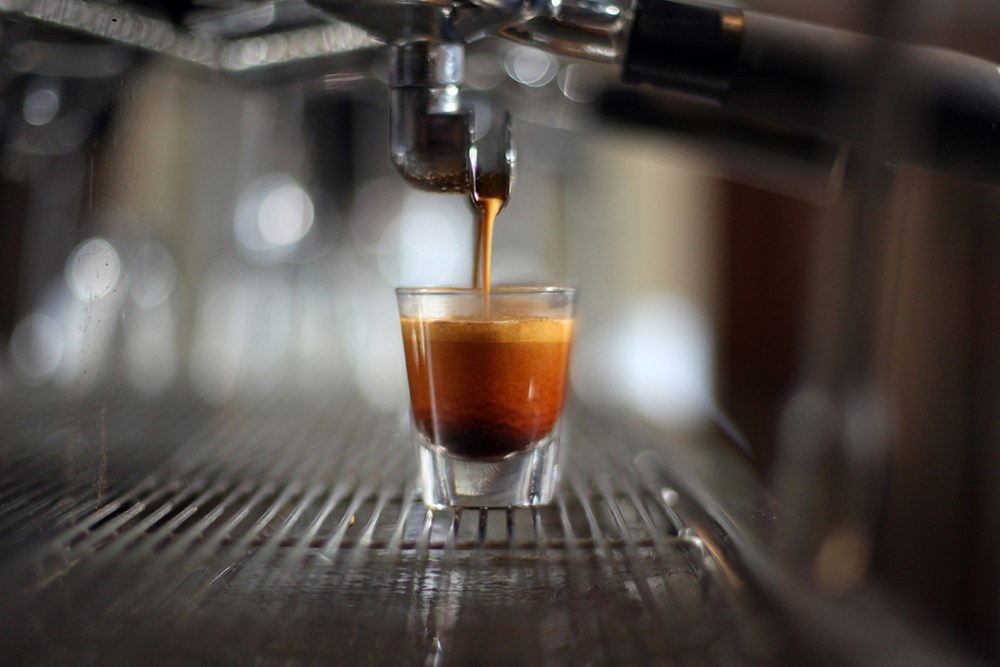
ESPRESSO family
1 | Espresso
Espresso, which means "fast" in Italian, is extracted by short time and high pressure. Generally speaking, it takes 18 to 20 grams of coffee powder, about 90 to 92 ℃ of water and nine atmospheric pressures to extract about 25 to 30 milliliters of coffee in 20 to 30 seconds. The shelf life of Espresso is very short, because if it is kept for too long, its grease layer will disperse and affect the taste, so Italians usually require guests to finish a cup of espresso within 25 seconds.
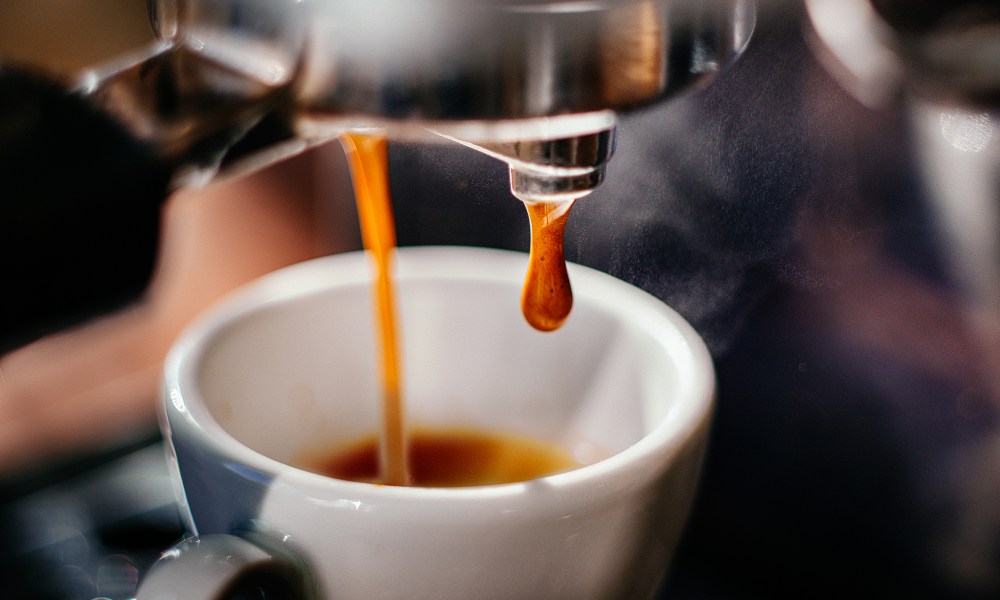
2 | Ristretto
The coffee powder used by Ristretto can follow the practice of espresso. Its extraction time is almost the same, the grinding degree is slightly fine, and the content is about 1x2 of Espresso, which can be regarded as Espresso's younger brother. Ristretto has fewer portions than standard espresso, its Body and sweet taste will be weaker than Espresso, but it will be more full-bodied and mellow than Espresso, and the finish will be more explosive.
3 | Lungo
Lungo means "Long" in Italian, because the extraction time is longer than Espresso, so it can be called Espresso's "brother". After lengthening the extraction time, in order to prevent excessive extraction, it is necessary to speed up the flow of water, so the coffee powder is usually ground a little thicker. Generally speaking, the extraction time of Lungo will be more than 30 seconds, and the extraction volume will reach close to 60 milliliters. According to coffee technical terms, it is a drink with "low concentration and high extraction rate" compared with Espresso, and it is also the cup with the most abundant oil among Espresso and Ristretto.
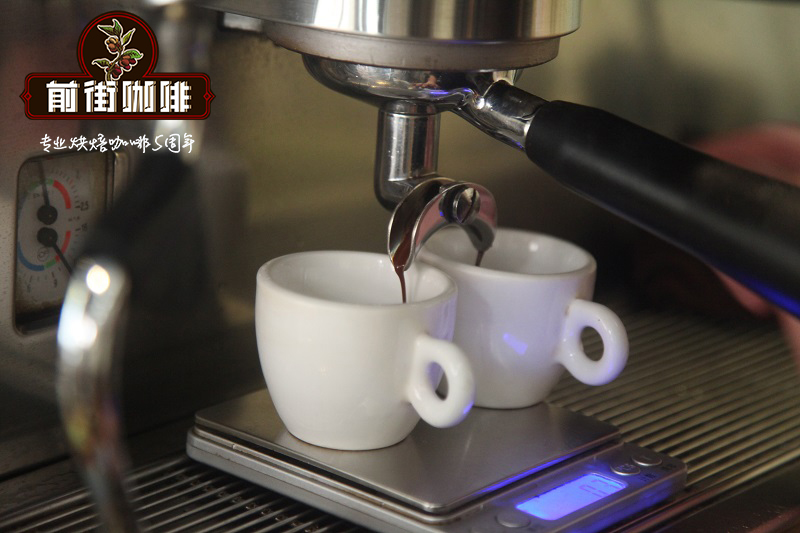
4 | Doppio
Doppio means double "Double" in Italian, meaning double espresso, which is what we often call double espresso.
5 | Americano
American coffee originated during World War II, when the US military marched in Europe and could not get used to European Espresso. They thought it tasted too strong, so they added hot water. Amerciano came into being and can be regarded as a relative of Espresso. The usual Americano practice is to flush hot water into the Espresso to disperse the protective film Crema, resulting in a lighter flavor of coffee.
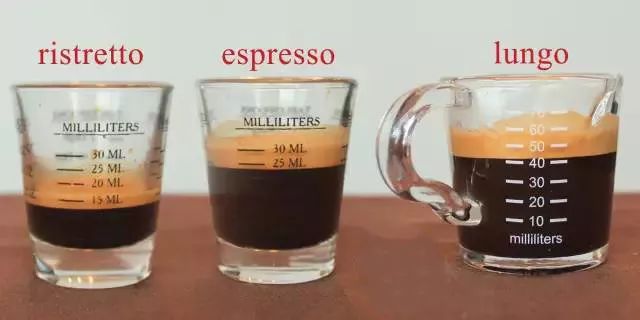
6 | Long Black
The last distant relative is from Australia and New Zealand. Long Black, like Americano, also adds water to espresso, but the approach is a little different. Americano pours water directly into Espresso, but Long Black pours Espresso into water. In addition to retaining Crema, the ratio of water to Espresso will be maintained at 2: 1, so the flavor of Long Black is stronger than that of Amerciano.
Although a cup of espresso is also extracted in the form of pressure, the degree of grinding and extraction time alone can produce coffee with a completely different flavor and taste. I have to be surprised by the diversity of coffee.
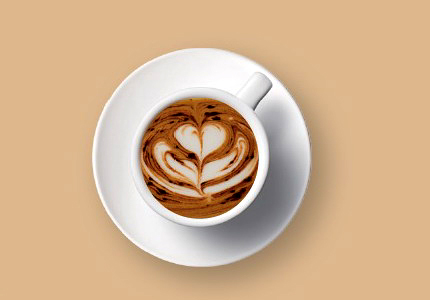
Cappuccino family
In the coffee drink with milk, the most representative is cappuccino. It has the smooth texture of milk and the complex aroma of coffee, and a modified version of cappuccino (with caramel, chocolate, etc.) makes it more approachable.
Cappuccino (cappuccino)
The name comes from Italy and is said to be because the color of the coffee is like the cloak of the Franciscan friar Marco Dracula 39th Aviano, who made the first cappuccino in 1683.
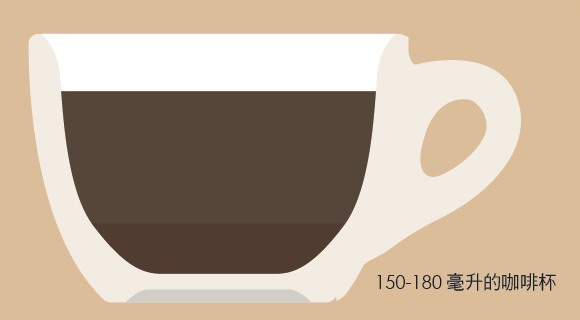
Take a coffee cup and extract standard single espresso (15-45 ml).
2 beat 150 ml of milk into foam with a steel cup with a capacity of 300 ml. Cappuccino has the thickest and thickest foam than the rest of the family.
Pour milk into espresso and finish.
Small White Coffee (Flat white)
Xiaobai coffee comes from Australia and New Zealand, also known as Australian white coffee, is a thinner milk cappuccino, usually made from double espresso, coffee flavor is stronger.
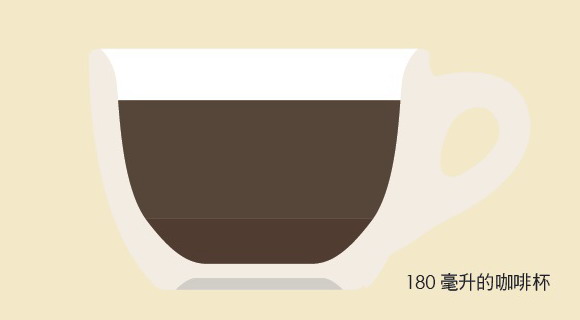
Take one coffee cup and extract double espresso.
2 beat 150 ml of milk into foam with a steel cup with a capacity of 300 ml. Xiaobai coffee has less foam than cappuccino; adjust the position of the steam nozzle to give a less air-sensitive and finer foam texture.
Pour milk into espresso and finish.
Baby Babyccino
Baby Chino contains no coffee, only milk foam and milk, mainly for children to drink. Originated in Australia and New Zealand in the 1990s, this drink was produced because guests would take their children to cafes.
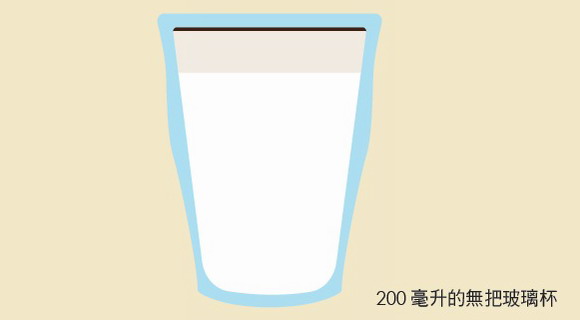
1 use a steel cup with a capacity of 300 ml to beat 150 ml of milk into foam (which is less heated than making cappuccino).
Pour the hot milk into the cup.
Sprinkle with cocoa powder and finish.
Latte (Caff è latte)
Italian is caff è latte, while English-speaking countries directly call it latte. Similar to Xiaobai coffee, but with larger cups and more milk.
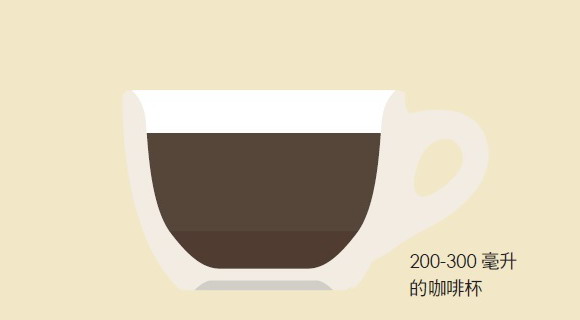
Take a coffee cup and extract standard single or double espresso.
Beat 250ml milk into foam with a steel cup with a capacity of 600ml. Lattes have less foam than cappuccino foam; adjust the position of steam nozzles to give a less air-sensitive and softer foam texture.
Pour milk into espresso and finish.
Latte macchiato (Latte macchiato)
In a modified version of latte, espresso is poured into milk foam and filled in a large transparent cup to see the color layer.
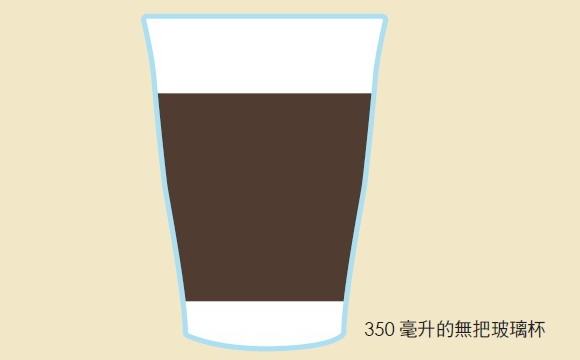
1 beat 250-300 ml milk foam with a 600 ml steel cup; adjust the position of the steam nozzle to inject more air into the foam. Pour the beaten foam into the glass.
Take a small steel cup or coffee porcelain cup with a capacity of about 100 ml and extract a single espresso.
Slowly pour the espresso into the glass: changes in levels can be seen due to the different densities of various liquids.
Macchiato (Macchiato)
Macchiato, which originally means "dyed" in Italian, refers to coloring espresso with a tablespoon of foam.
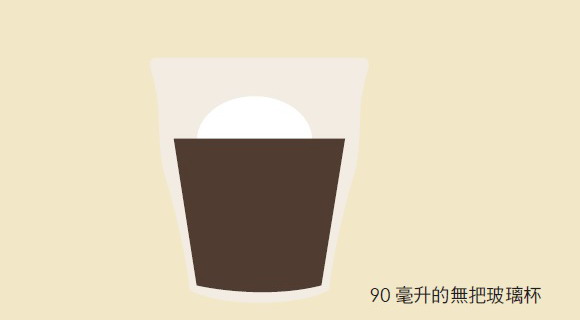
Take a glass without handle and extract a single espresso.
Beat a small amount of milk into foam with a small volume of steel cup.
Add one or two spoonfuls of milk foam to the espresso.
Cotadot (Cortado)
Cortado comes from the Spanish verb cortar, which means to "cut" into espresso with milk. The modern approach is to add steamed foam, like a small cappuccino, with a stronger coffee flavor (2max 3 coffee, 1max 3 milk).
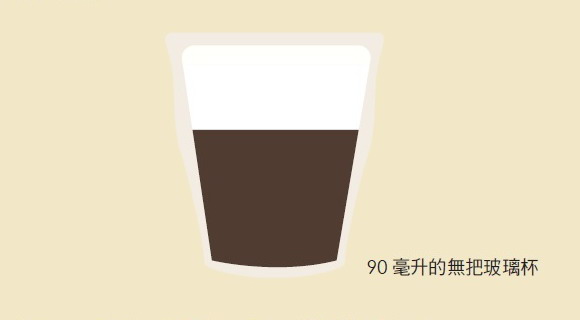
Take a glass without handle and extract a single espresso.
2 beat a small amount of milk into a foam with a steel cup with a capacity of 300ml.
Pour milk into espresso and finish.
Avjiadou (Affogato)
Between ice and heat, coffee and dessert, it's simply espresso ice cream!
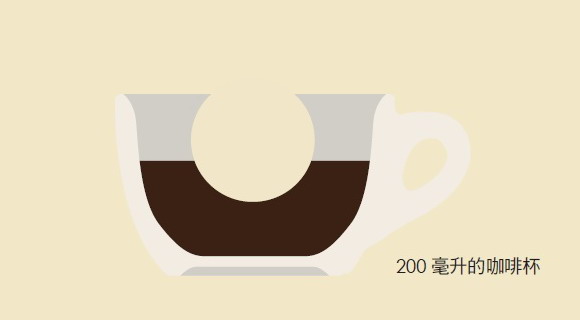
Take a coffee cup, dig a ball and put Vanilla Ice Cream into the cup.
2 extract double espresso directly from a coffee cup containing ice cream.
Coffee (Caf é au lait)
When many people were young, they should have read how Proust described Madeleine, so they chose coffee O'Lei as his coffee enlightenment. Coffee O'Lei is as classic to the French as a cappuccino is to the Italian.
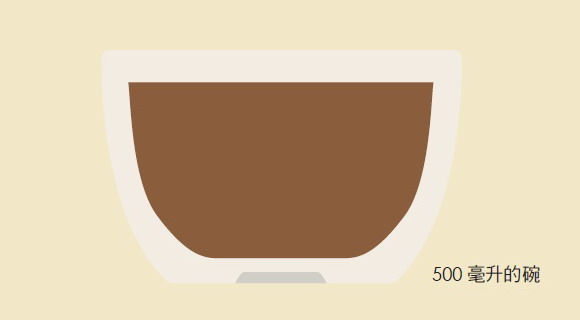
1 to brew 200ml drip coffee, it is recommended to use a French filter kettle.
Heat the milk in a saucepan over low heat; if you have an espresso machine, you can also use a steam nozzle to heat the milk to about 65 ℃.
Pour the coffee and milk into the bowl at the same time.
Irish Coffee (Irish Coffee)
Irish Whiskey's refreshing fruity taste is excellent in harmony with coffee. Add a layer of cold whipped cream, do not stir, so drink it!
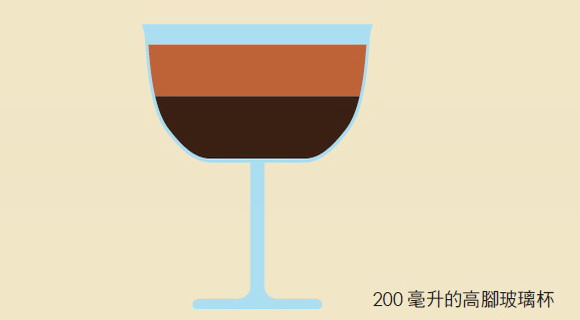
1 brew 100ml drip coffee in a filter pot.
Add 2 tablespoons brown sugar to 40 ml whisky and heat until the sugar is completely dissolved.
Pour the coffee into the goblet (it is best to overheat the cup first to avoid sudden contact with high temperature), and then add whisky syrup.
Gently whisk the liquid whipped cream and carefully spread the whipped cream on the surface of the coffee with the back of the spoon.
Cappuccino frapp é cappuccino smoothie
A cool cappuccino made with ice and coffee.
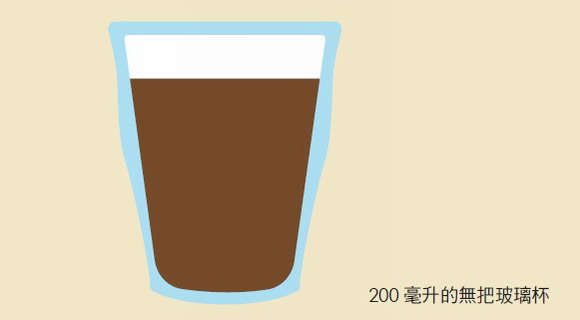
Beat 150 ml of milk into a steel cup with a capacity of 300 ml and pour it into a single serving of espresso (15-45 ml).
2 pour 15 grams of cane syrup into a small pot with a capacity of 100 ml.
Add 80 grams of ice to a hand glass, then pour in the prepared cappuccino and syrup and shake for 30 seconds.
Strain out the ice cubes and pour the mixed coffee into a glass.
Important Notice :
前街咖啡 FrontStreet Coffee has moved to new addredd:
FrontStreet Coffee Address: 315,Donghua East Road,GuangZhou
Tel:020 38364473
- Prev
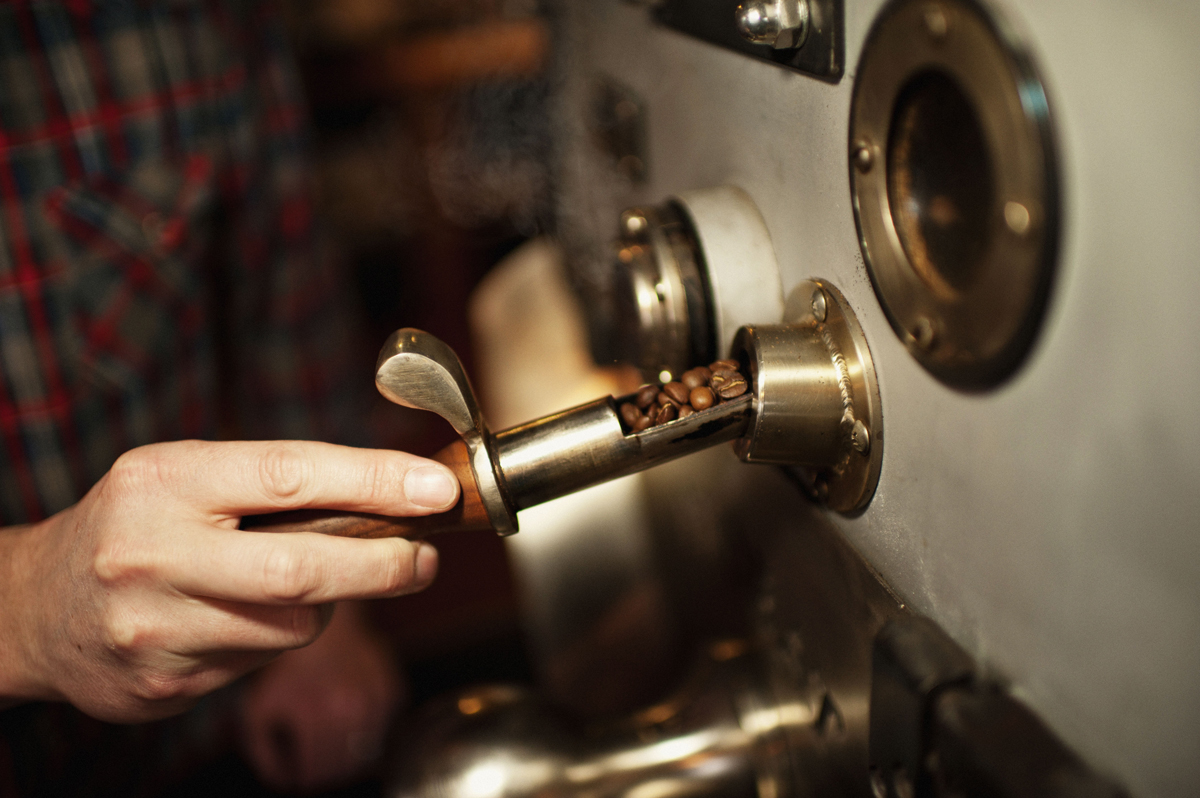
Professional coffee roasting | what is "explosion"? Is "explosion" important for coffee roasting?
Professional coffee knowledge exchange more coffee bean information please follow the coffee workshop (Wechat official account cafe_style) I wonder if you have any cooking habits or experience? When food is cooked in a pot, it often produces aroma, heat, and even sound. When we can "explode" some food, we will describe it as very stale. In the previous article, we talked about
- Next

Water temperature and pressure of Italian Coffee the pressure difference between commercial and household machines
Professional coffee knowledge exchange more information about coffee beans Please follow the coffee workshop (Wechat official account cafe_style) espresso, which has made the world popular, is an example of this ultra-fast method. This coffee machine has a short history. It was invented by an Italian engineer Luigi Bezzera at the beginning of the 20th century. His logo is pictured on the left (we also bought this brand of machine).
Related
- Beginners will see the "Coffee pull flower" guide!
- What is the difference between ice blog purified milk and ordinary milk coffee?
- Why is the Philippines the largest producer of crops in Liberia?
- For coffee extraction, should the fine powder be retained?
- How does extracted espresso fill pressed powder? How much strength does it take to press the powder?
- How to make jasmine cold extract coffee? Is the jasmine + latte good?
- Will this little toy really make the coffee taste better? How does Lily Drip affect coffee extraction?
- Will the action of slapping the filter cup also affect coffee extraction?
- What's the difference between powder-to-water ratio and powder-to-liquid ratio?
- What is the Ethiopian local species? What does it have to do with Heirloom native species?

